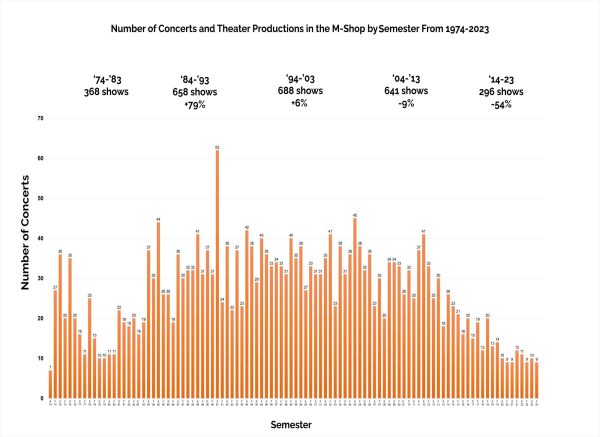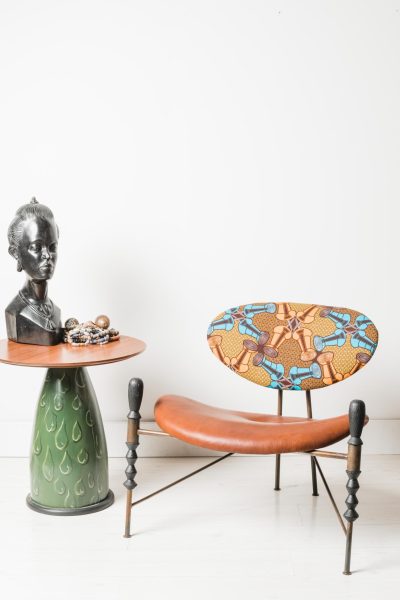Tips to consider before your next tattoo
When designing a tattoo, artists would recommend to take skin tone and pigments into account when the design has color. According to Weeces, a tattoo artist at Heroic Ink, she said colors can appear differently on the skin.
July 7, 2019
For those who are considering their next tattoo or first one, you may have a lot of questions. Caity Weeces has worked at Heroic Ink for eight years, five of them as a tattoo artist, and has some tips to consider when you are ready for your next tattoo.
Preparation
Lots of planning can go into creating a tattoo — it’s permanent — and one thing to consider is if the design you want can translate well onto your skin. For example, Weeces said colors may appear differently on various skin tones.
“When we put color into someone’s skin, it goes underneath the layer that holds the pigment and melanin, and so you have to understand that when something that is colored on paper is going to have a different color when it gets into someone’s skin,” Weeces said.
Weeces said those who hold yellow undertones under their skin can hold colors differently to those with pink undertones. She said with designs, taking into account the pigments of the skin is a big factor for the design.
Weeces also said the design itself must be compatible for the body as some can be very intricate that will not last over time. Weeces gave the example of mandalas, which have very intricate and delicate design in a small space.
“When you put ink into someone’s skin overtime as your skin ages, the ink does expand,” Weeces said. “And so if you have lines that are too close together or things like that, the lines will all blur together and you will lose 90% of that design. So when you’re designing for tattooing, you have to make sure the lines are a decent distance apart.”
Another common question people might be stuck with the process of designing the tattoo. Weeces said she would highly recommend having a consultation with the artist. Meeting with a tattoo artist can help build the bridge with finding the right design for you.
“You don’t have everything figured out, the whole process should be a teamwork sort of thing—two people coming together and figuring out the end result together,” Weeces said.
After the consultation, being able to afford the tattoo is another aspect to consider. A lot of shops have a minimum fee with an hourly rate after that, the artist will give you a range of the minimum and maximum amount you will have to pay. Weeces said she would recommend being prepared for the maximum price of a tattoo.
Finding the right artist
Once you have decided the design of your tattoo and are able to afford it, the next step is to find the right artist. Weeces said she would recommend to meet the artist in-person and see if the artist’s personality coincides with yours.
Depending on the design or how sober you are, the artist may say “no” to the tattoo. Weeces said she would personally never tattoo anyone who is drunk or if the design that can be harmful to someone else, in the sense something that is offensive.
“Any ridiculous design you want, I will not stop you. I will definitely do it even if I think ‘oh man you’re going to regret this’ or whatever as long as you are of sound mind or sober there’s no reason, legally, for me to stop you, I’ll do it,” Weeces said. “But if it’s harmful to somebody, I’m not going to do it.”
Another thing to look at is the artist’s portfolio, to see if the they can recreate a design. However, Weeces said she would recommend looking at the portfolios to see the style the tattoo artist specializes in—whether it is watercolor or neo-traditional.
“Look at their portfolio, pay attention to things like their linework, is it something that you feel confident in? Make sure that you think the linework looks good, the style they work within,” Weeces said.
She also said to look at the reviews and the healing of each tattoo.
“If you are looking at their [the artist’s] stuff and you notice things like people are posting healed pictures and none of them look well, then they’re either going to deep or too shallow which can definitely affect the healing,” Weeces said. “Look for things like scarring in tattoos, if you notice that parts of it are scarred over that means they overworked the skin and that’s definitely you want to avoid.”
Aftercare
After getting your tattoo, each shop may have a slightly different approach to aftercare. Weeces said she would recommend using antibacterial soap and unscented lotion to stop any irritation or infection.
Weeces said she encourages anyone to come into the tattoo parlor and ask questions. If the tattoo is showing signs of infection, Weeces said she would recommend visiting the artist in-person for their judgement.
“It always better to go in person because they can look at it, they can throw some gloves on touch it, feel it, see it what is doing–it’s what we’re trained for,” Weeces said. “Part of what our profession is, is being able to help you throughout every step of the way.”

















